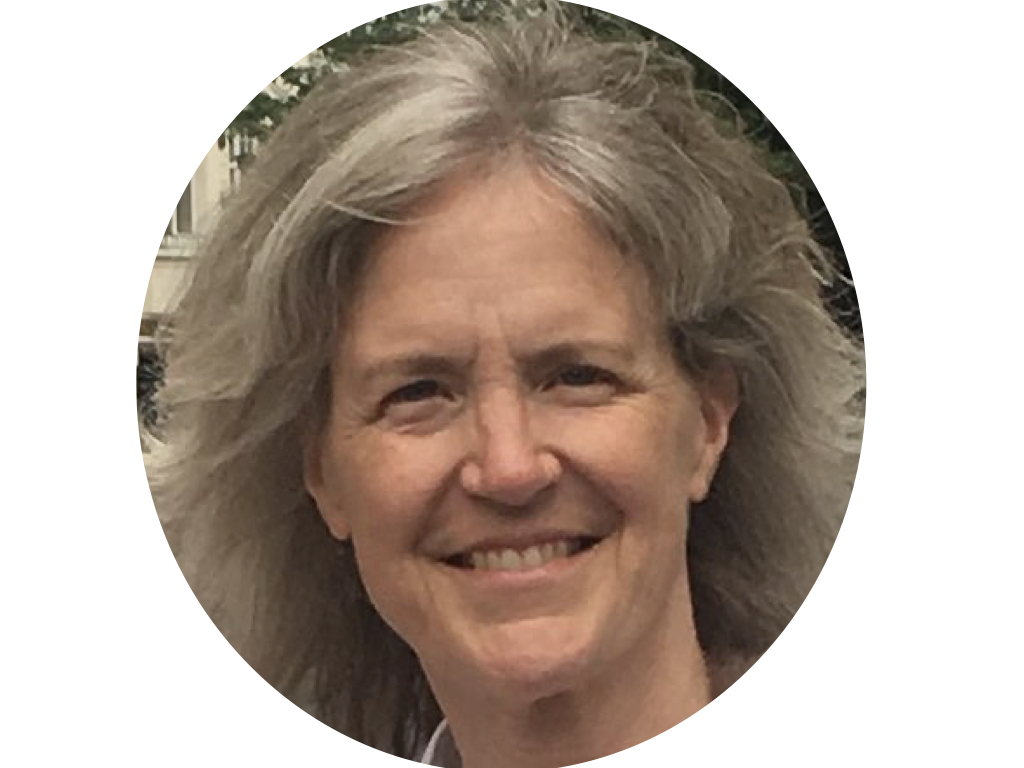Highly scalable adaptive mesh refinement for flooding scenarios resulting from dam failures
Donna Calhoun
Date :
Fall Meeting 2019, American Geophysical Union (AGU) , San Francisco, CA (USA) (Mini-symposium speaker)
Dec 09 - Dec 17, 2019
Abstract
Mathematical models and numerical simulations are routinely used to understand and predict the behavior of tsunamis, earthquakes, volcanic eruptions, flooding, debris flows and so on. Challenges in modeling these events include unknown initial conditions, modeling coupled events (e.g. landslide or earthquake generated tsunamis) and the many temporal and spatial scales involved. Numerical simulations must be able to track small scale events over long time and distances, and computational domains must be large enough to handle the entire event. To be useful in an operational setting, simulations should also provide forecasts in real time. Logically Cartesian, adaptive grid methods are widely applicable to problems in hazards modeling. Moreover, dynamically evolving, adaptive meshes that can follow hazard zones over large distances and durations lasting several days or more provide flexibility not afforded by uniform Cartesian meshes and are critical to obtaining high fidelity solutions. We present results from ForestClaw, a general purpose parallel, adaptive mesh code for solving PDEs modeling natural hazards. Our particular focus will be on using depth-averaged model for the flooding resulting from dam failures. The underlying solvers are based on explicit finite volume wave-propagation algorithms from the widely used Clawpack and GeoClaw software packages (R. J. LeVeque, Univ. of Washington and others). Using user provided refinement criteria, ForestClaw automatically updates the adaptive mesh at regular time intervals to follow flood zones. We also present scalability results on distributed memory machines, and results from our CUDAClaw implementation for GPUs. If time permits, we will also discuss ongoing work to develop a Serre-Green-Naghdi solver for modeling dispersive corrections to the shallow water model.
Slides : agu-2019.pdf
